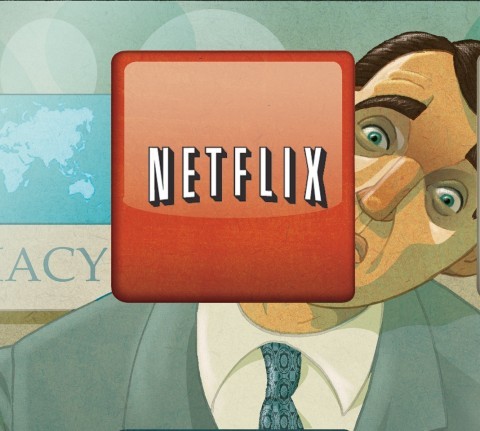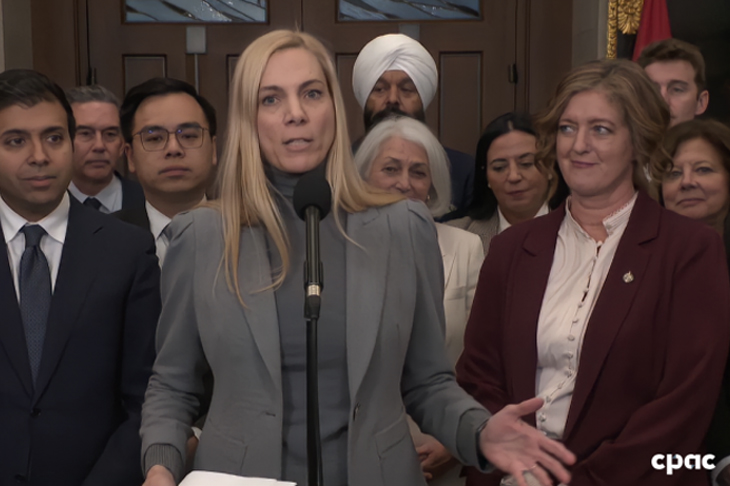Part III in our series on rewriting the Broadcasting and Telecom Acts
THERE IS NO QUESTION the emergence of Netflix as a major competitor for eyeballs in Canada has created significant disruption to the domestic broadcast landscape.
With its more than six million subscribers and first place ranking in prime time viewing among 25-to-54 year olds (more here), it’s hard to argue against including the over-the-top (OTT) broadcaster and distributor under the current broadcast regulations.
That disruption is likely to continue as Amazon Prime bolsters its content offerings, the new CBS All Access service launches in Canada in 2018 and others come to market.
For Cal Millar, president of Channel Zero (owner of CHCH), this is really an issue of parity and the significant non-Canadian participation under the Broadcasting Act. At issue is the 1999 Digital Media Exemption Order.
“The OTT players are availing themselves of the Canadian marketplace and if you’re accessing that marketplace, if you’re making money in that marketplace, what basis is there for you not to be contributing to that marketplace?” he asked rhetorically in an interview with Cartt.ca.
“Why would you have a system that prefers foreign ownership?” – Cal Millar, Channel Zero
Conversely, why would the government hold Canadian entities to certain obligations? For example, once specialty services are all transformed into discretionary services, they have no rights. They only have obligations. “So why would you have a system that prefers foreign ownership?” Millar wondered.
He suggested the government look at it from another perspective. What if the domestic dairy industry had to pay into a system while American competitors were allowed to bring their milk and cheese into Canada tax free? “What’s the difference in the cultural industries? Why does Netflix get to extract $600 million a year (its estimated revenue) from the Canadian marketplace and Canadian-owned operations not only have to charge HST, but have to contribute significantly to the system?” he asked.
Maureen Parker, executive director of the Writers Guild of Canada, agrees that Netflix and other online TV providers must be part of the regulated system. She acknowledged that these services are currently exempt from regulation but said this means the CRTC can regulate them – and now is the time to do so.
She added that Netflix can avail itself of funding under the Canada Media Fund if they create programming that meets CAVCO standards. It can also apply for Canadian tax credits. Given these two facts, it only stands to reason then it should now contribute to the system.
If regulators and lawmakers aren’t going to force Netflix and other online TV providers to pay into the system on an equal footing with domestic players, then the least the government could do is remove “the shackles” from broadcasters and distributors.
“Thirty years ago we had a system that preferred Canadian ownership, preferred Canadian producers and organizations, and gave us benefits. Now we find ourselves, through ad hoc decisions, in a case where we’ve actually got the complete reverse situation. At minimum, if you don’t agree with my point that you should prefer Canadian ownership then at least remove the shackles,” added Millar.
The Channel Zero exec isn’t alone in his view that the OTT companies should be paying into the Canadian system.
“If over time those platforms and online broadcasters are not brought into the regulatory fold, it will ultimately result in an overall contraction in our industry.” – Reynolds Mastin, CMPA
Reynolds Mastin, president of the Canadian Media Producers Association (CMPA), told Cartt.ca in an interview that the basic premise of those deriving benefit from the Canadian system must also contribute to it needs to remain central. The government review of the Telecom and Broadcasting Acts may determine that contributions by all players – legacy and online – should be similar across the board. It may also conclude a more tailored approach is better suited to deal with the online TV providers.
Regardless of the outcome, a modernized Broadcasting Act must ensure that all players – ISPs, wireless service providers, online television services as well as the traditional players – “contribute to the growth and success of the Canadian production sector,” he explained.
“What it’s important from our perspective is the principle that all who benefit should contribute be reflected and be applied to all the players,” he said.
When considering changes to the Broadcasting Act, we must also think about how consumers see the system – whether they’re watching a program on their big screen TV through their cable package or they’re getting it on their wireless device. It’s all just TV.
However, depending on the medium on which consumers view programs has big implications for the Canadian broadcasting system.
“That really is the heart of our concern because as more and more content is consumed online and delivered by online platforms, that has a direct impact on the existing regulated system,” explained Mastin. “And if over time those platforms and online broadcasters are not brought into the regulatory fold, it will ultimately result in an overall contraction in our industry. And that will mean fewer great Canadian shows and a lot less jobs in this country.”
Next week we’ll hear from one major Canadian CEO on how he thinks Netflix has bamboozled our federal government into letting it skirt the rules…
And from some on why Netflix is not the bad guy and should be left alone – because we can’t rein it in anyway.
If you wish to add your voice to this, please comment in the space below. If you have any additional ideas for us – or any other comments you’d like to make in confidence – please e-mail us in confidence at editorial@cartt.ca.
Original artwork by Paul Lachine, Chatham, Ont.









